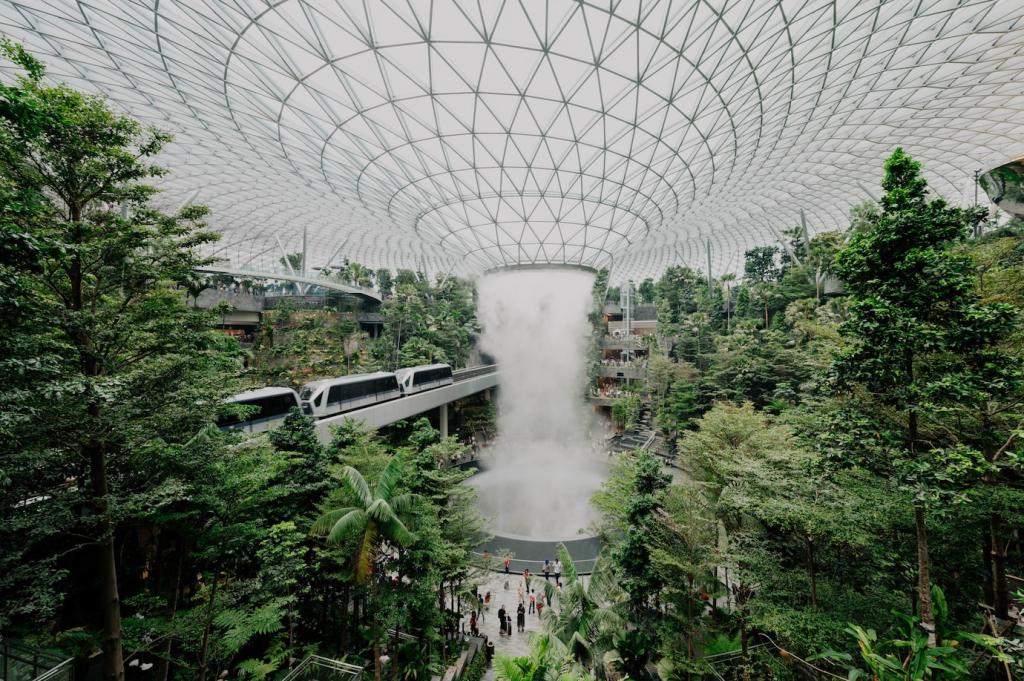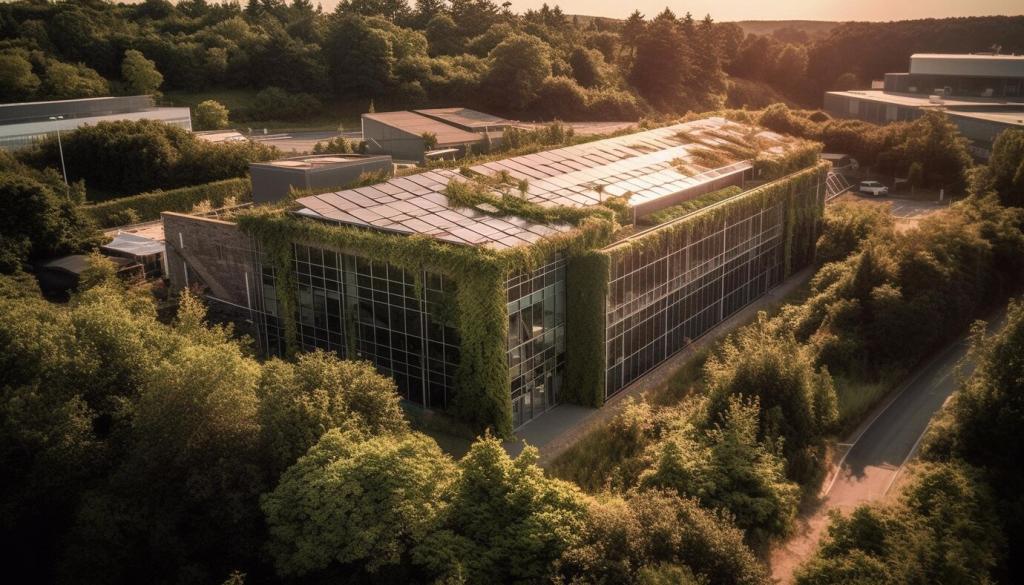This website uses cookies so that we can provide you with the best user experience possible. Cookie information is stored in your browser and performs functions such as recognising you when you return to our website and helping our team to understand which sections of the website you find most interesting and useful.
Green building materials are becoming integral to urban design, reflecting a global shift towards sustainability and resource efficiency. As cities grow, the importance of reducing their ecological footprint intensifies. Urban environments, often characterized by dense populations and high energy consumption, require innovative approaches to construction and design. Integrating green materials into urban infrastructure not only enhances environmental sustainability but also improves the quality of life for residents. This approach merges aesthetics, functionality, and responsibility, creating resilient urban spaces that endure environmental challenges. Embracing green building materials lays the foundation for a healthier, more sustainable future in metropolitan areas around the world.

Climate-Responsive Material Selection
Reducing the Carbon Footprint
Benefits for Urban Biodiversity

Energy Efficiency in Urban Buildings

Water Management and Conservation
Permeable Surfaces


